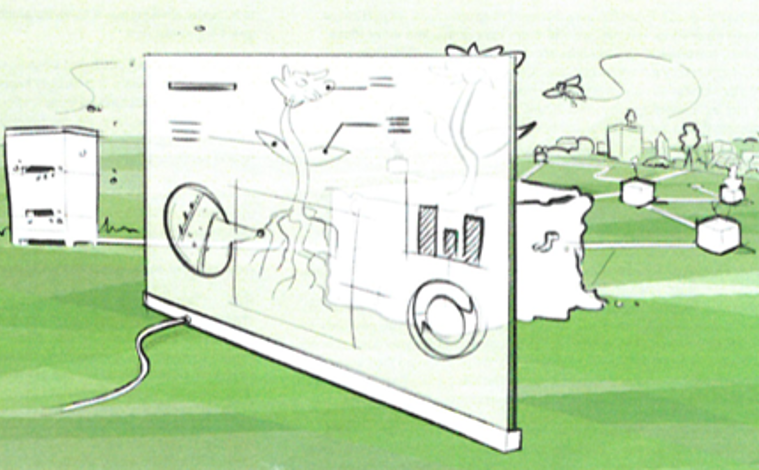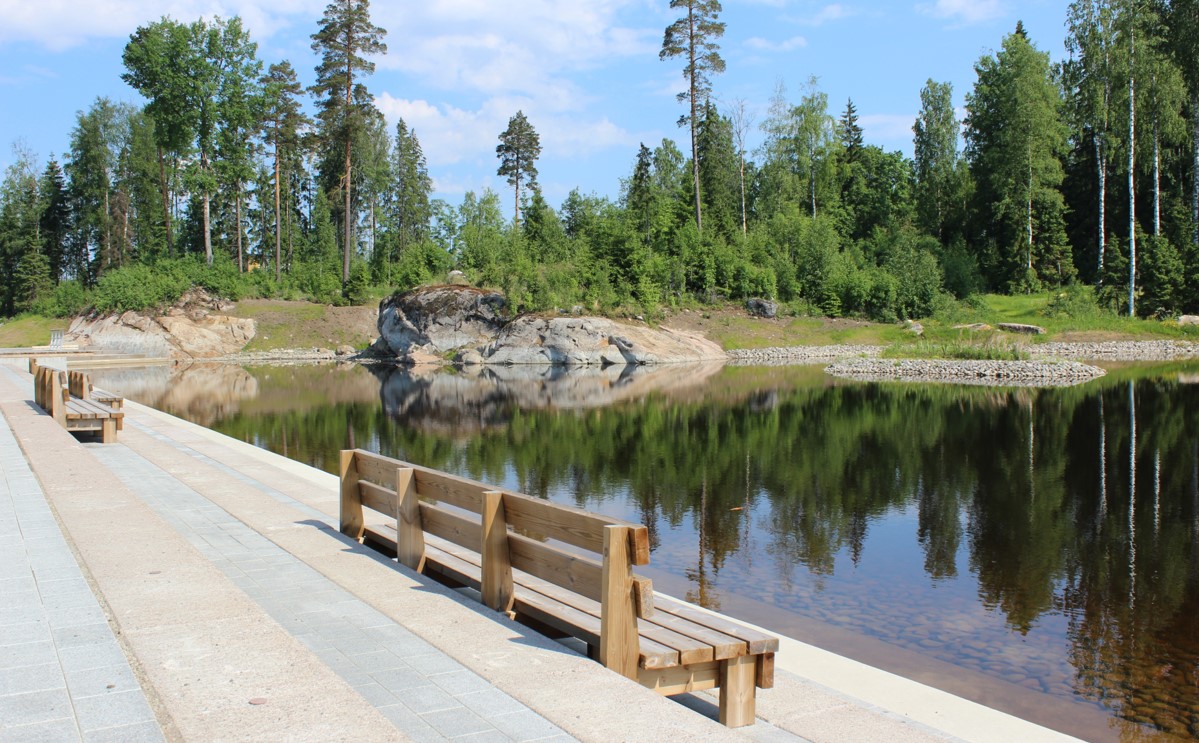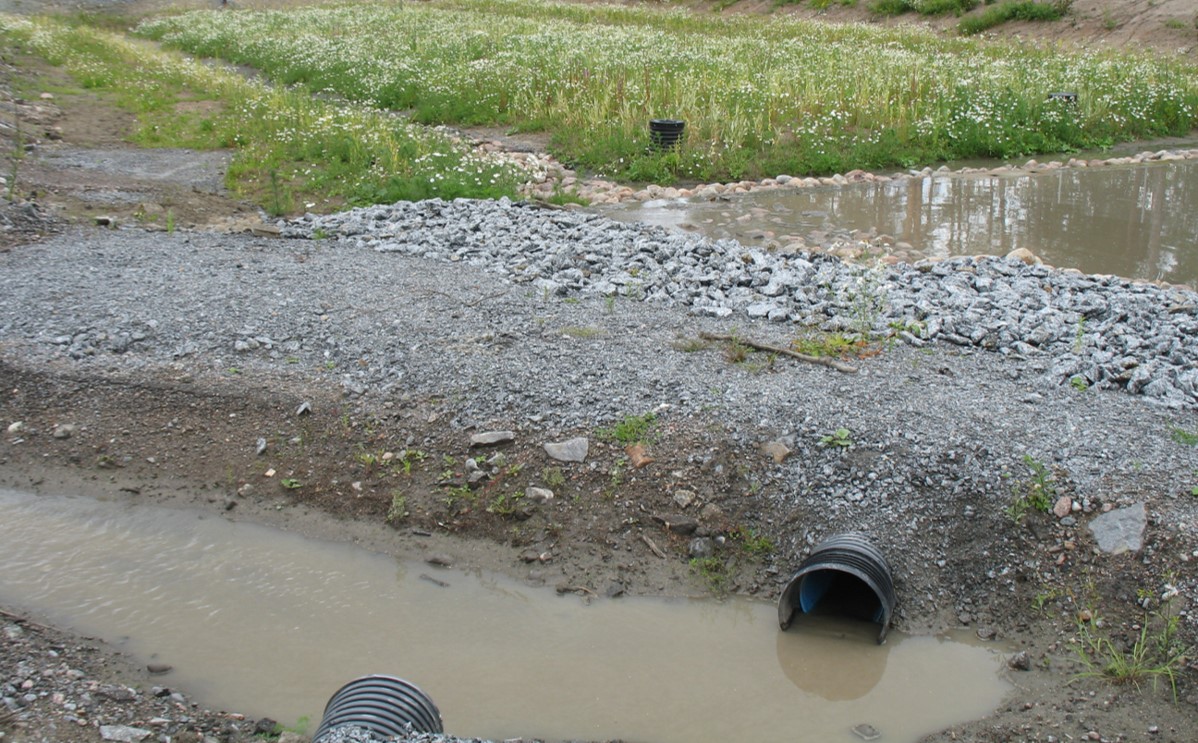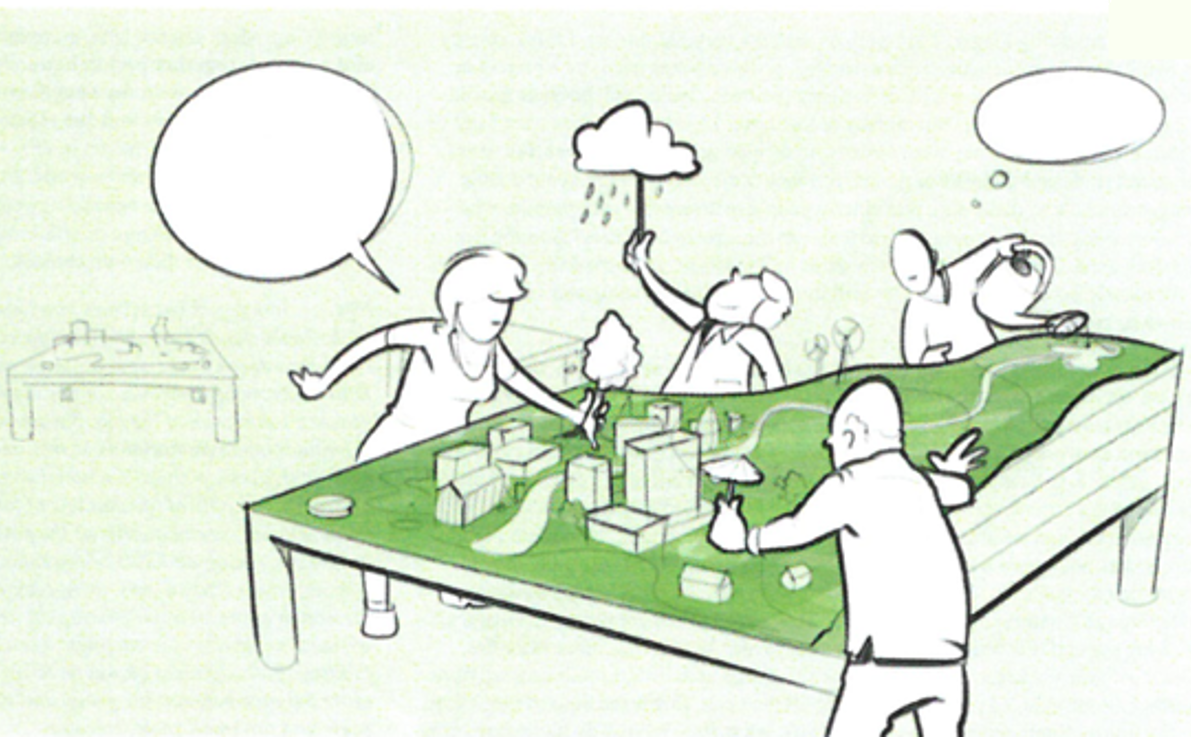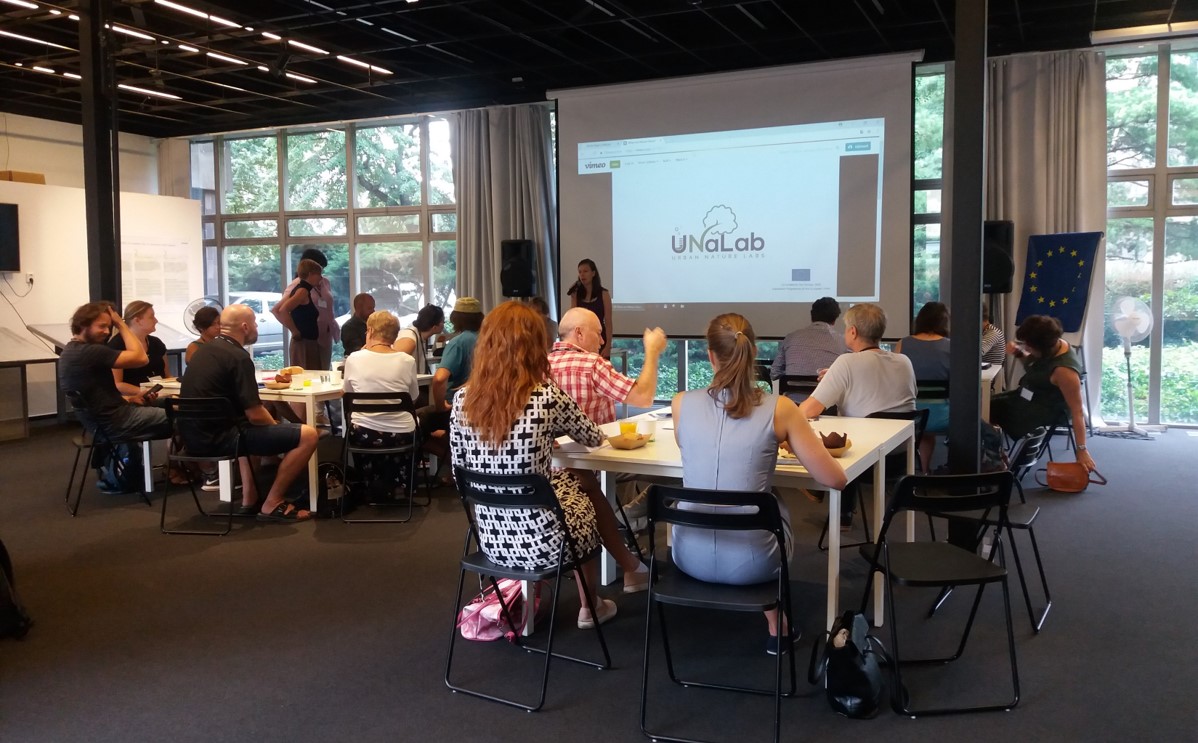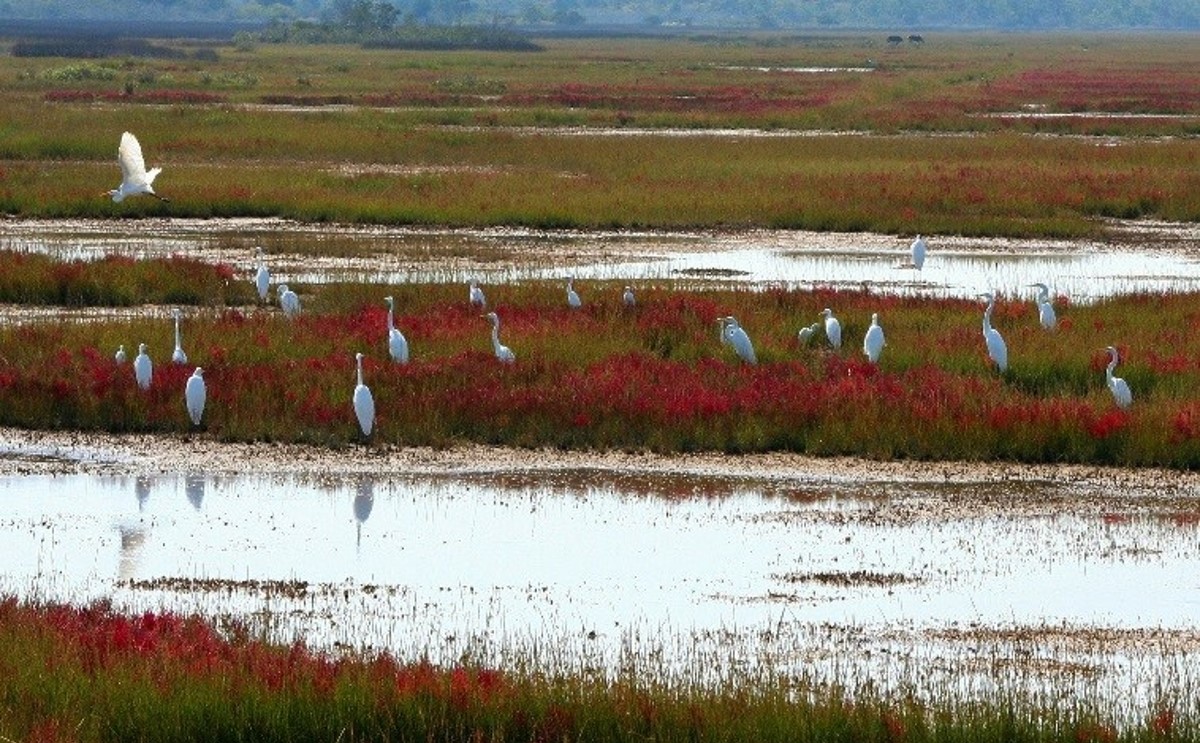Blog
Read about our project activities and get the latest updates from our cities
Driver for Change IV: Synergy in Nature and Augmented Technology
Through an analysis of interviews with a broad spectrum of experts on climate and water resilience and nature-based solutions, five Drivers for Change for the future of climate and water resilient cities in 2050 were identified. This blog post will present the fourth Driver for Change: Synergy in nature and augmented technology.
Co-creating Nature-based Solutions in Front-runner City Tampere
Tampere has two UNaLab demonstration areas, or Urban Living Labs: Vuores and Hiedanranta. Spring 2018 was an intense co-creation period in the Living Labs: a series of three (Visioning – Ideating – Testing) Design Thinking workshops were organised in each area, resulting in a total of six workshops, which attracted altogether 258 participants.
Biofiltration Improves Quality of Storm Water Runoff in Tampere
Storm water runoff has been found to be a major source of pollution in natural water systems. Many urban streams and lakes are burdened by the nutrients and solids contained in low-quality storm water runoff. Although front-runner city Tampere has previous experience of biofiltration, the city has within the UNaLab project tested new types of filtering materials for biofiltration.
Driver for Change III: Reinventing Nature in the City
Through an analysis of interviews with a broad spectrum of experts on climate and water resilience and nature-based solutions, five Drivers for Change for the future of climate and water resilient cities in 2050 were identified. This blog post will present the third Driver for Change: Reinventing nature in the city.
Prague Hosts Week of UNaLab Workshops for a Resilient Prague in 2050
Last August, Prague hosted a week of inspiring workshops as part of the European funded Urban Nature Labs project (UNaLab). Prague is a “Follower City” under this multi-year project, which aims to employ nature-based solutions to enhance the city’s climate resilience by using a “co-creation process”. Under this approach, multiple stakeholders are brought together to achieve the best possible outcome.
Plants in the City: Wetlands
Wetlands are areas of land that, due to their position in the landscape, are periodically or continuously wet throughout the year. They form in response to wet conditions and serve to control water flows, as well as to improve or maintain water quality. Wetlands also provide recreational and educational opportunities for people of all ages.
